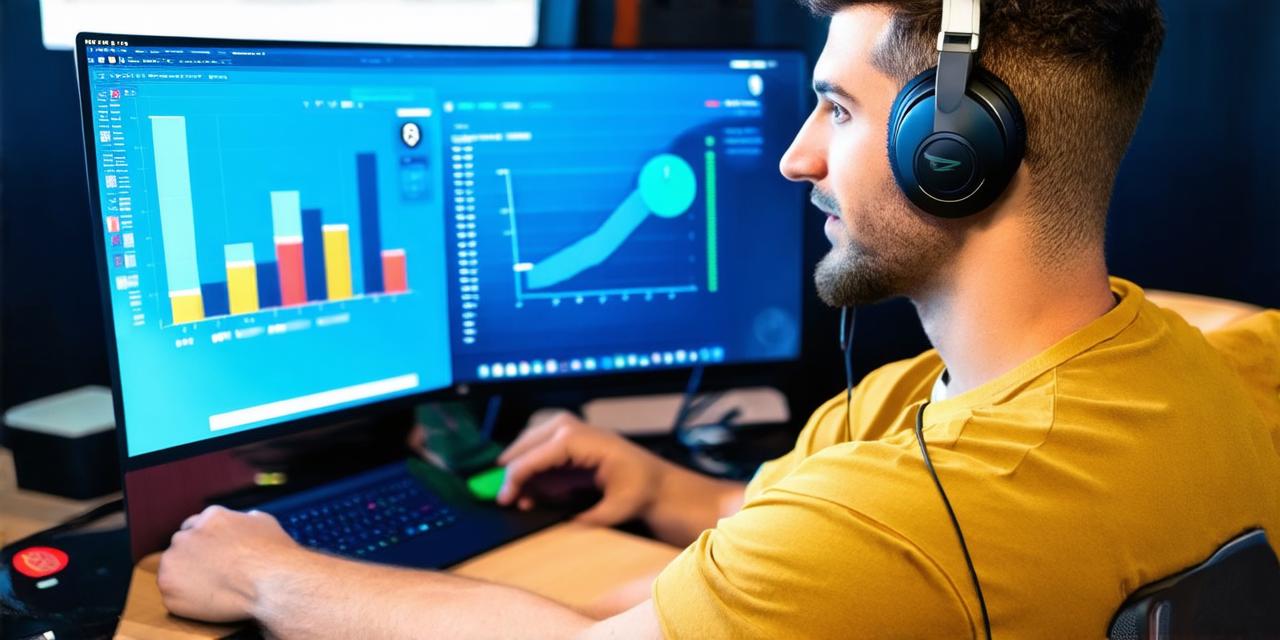Margin Trading
Margin trading is a popular investment strategy that allows investors to borrow money to buy and sell cryptocurrencies on an exchange. While it can be highly profitable, margin trading also carries significant risks, which makes it important for developers to understand the basics of margin trading and how to do it safely.
Key Concepts of Margin Trading Crypto
Margin Trading Definition
Margin trading is the practice of buying and selling assets using borrowed funds from an exchange or brokerage firm. In the case of crypto margin trading, investors can use their own cryptocurrencies as collateral to borrow money to buy more cryptocurrency on the exchange. The exchange then holds the investor’s collateral as a form of security in case the investor incurs losses and is unable to repay the loan.
Leverage
Leverage is the practice of using borrowed funds to magnify investment returns. In crypto margin trading, leverage can be used to buy more cryptocurrency at a lower price than what it is currently worth, with the hope that it will rise in value and be sold for a profit. However, leverage also increases the risk of incurring significant losses if the market moves against the investor.
Margin Calls
A margin call is a warning issued by an exchange or brokerage firm to an investor who has incurred significant losses on their margin position. A margin call requires the investor to either deposit more collateral to cover the losses or close out their position and sell their cryptocurrency. Failure to meet a margin call can result in the investor’s position being liquidated, which means that the exchange takes possession of their collateral and returns it to the lender.
Best Practices for Margin Trading Crypto
Understand Your Risk Tolerance
Before engaging in crypto margin trading, it is important to understand your own risk tolerance. Some people are comfortable with taking on higher risks in exchange for potentially higher returns, while others prefer to play it safe and avoid high-risk investments. It is important to be honest with yourself about your own risk tolerance and not take on more than you can handle.
Use Appropriate Collateral
When margin trading crypto, it is important to use appropriate collateral that has a low volatility and a high market liquidity. This will help to minimize the impact of sudden market movements on your position and reduce the risk of incurring significant losses. Common collateral types for crypto margin trading include Bitcoin, Ethereum, and other stablecoins like USDT and DAI.
Set Stop-Loss Orders
A stop-loss order is a tool used by investors to automatically sell their position if it reaches a certain price level. This can help to limit potential losses and protect against sudden market movements. It is important to set stop-loss orders at appropriate levels based on your own risk tolerance and the volatility of the cryptocurrency you are trading.
Monitor Your Position Regularly
When engaging in crypto margin trading, it is important to monitor your position regularly and keep track of market trends and news that could impact your investment. This will help you to make informed decisions about when to buy or sell your cryptocurrency and avoid making costly mistakes.
Real-Life Examples of Margin Trading Crypto
Case Study 1: The Bitcoin Bull Run of 2017

In the summer of 2017, the price of Bitcoin surged from around $1,000 to a high of nearly $20,000 in just a matter of months. Many investors, including crypto developers, saw this as an opportunity to make significant profits by buying and selling Bitcoin on margin. However, not everyone was prepared for the rapid rise in price, and many investors incurred significant losses when the market crashed in December 2017.


